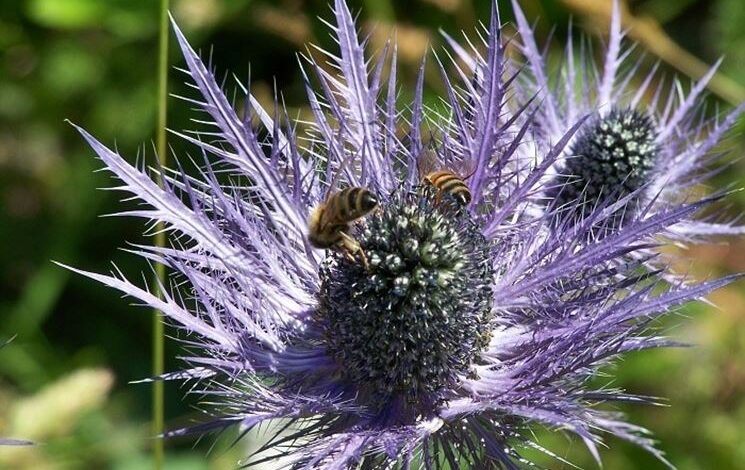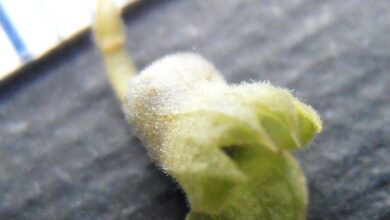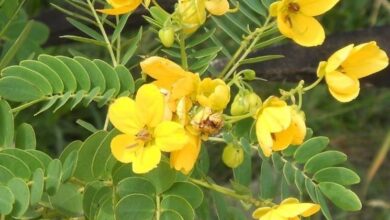Queen of the Alps

The Queen of the Alps: a rare plant

The Queen of the Alps in herbal medicine

The Queen of the Alps is a plant with remarkable characteristics and used in herbal medicine for the preparation of herbal teas, decoctions using both the leaves and the roots. The former are harvested in summer while the latter are harvested in autumn. They are taken above all for the purifying and detoxifying properties for the whole organism, however today it is a protected plant whose collection is prohibited and therefore it is possible to use it if it is cultivated. Its effects can also be enhanced if combined in herbal teas with other plants with marked curative, purifying and diuretic properties, favoring the elimination of toxins and waste produced by the human body. Still in the food sector, the Queen of the Alps is also used as a natural dye and has no known contraindications.
The active ingredients of the Queen of the Alps

The phytotherapeutic characteristics of the Queen of the Alps are given by the presence of numerous active ingredients, among which we find essential oils, saponins, flavonoids, curarines, vegetable steroids, polyacetylenes, potassium salts, mucilage and tannin substances that give the plant sweat and diuretic properties , laxatives and antioxidants. Laboratory tests have then identified a characteristic able to counteract the action of the venoms of snakes and scorpions. Further properties of this particular plant also called purple thistle concern the antioxidant and counteracting function of free radicals, and hypoglycemic. So not only a very beautiful and ornamental plant, so much so that it is used in dried floral compositions, but also useful for the well-being of our body.
Cultivation

The Queen of the Alps is a spontaneous plant difficult to cultivate, because it needs its natural habitat, which is the mountain one and a rocky soil rich in calcium. It resists low temperatures very well while suffering from the heat, despite needing direct sunlight. It does not require frequent watering, in fact a little water every two weeks or so is sufficient. For all these reasons it is cultivated above all at high altitudes, where the climate is favorable, for ornamental reasons and since the one that grows spontaneously in the woods and along the paths is a protected species and cannot be harvested. In spring it is advisable to fertilize with nitrogen-based products, which favor its luxuriant growth, bearing in mind if the plant is grown for food use,




